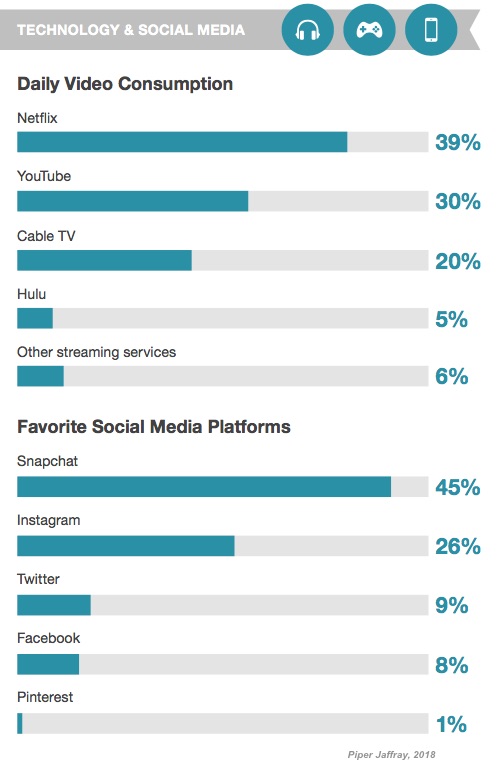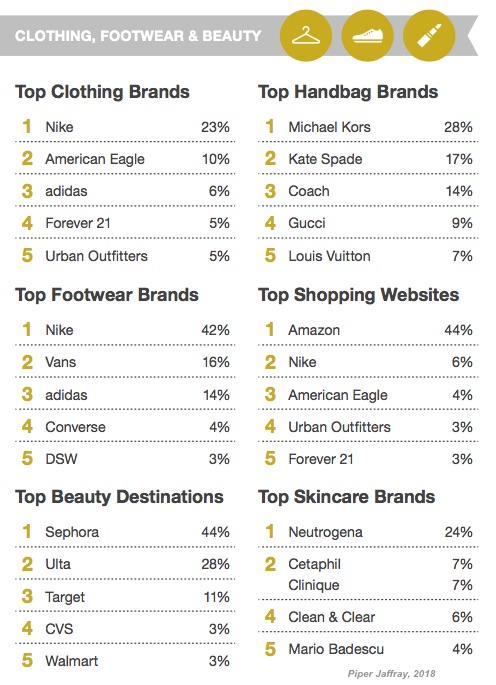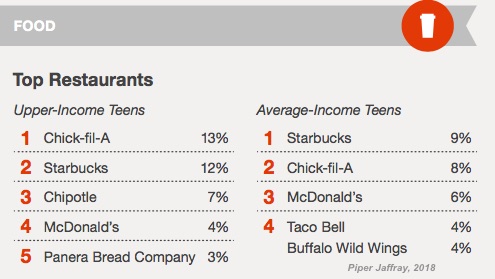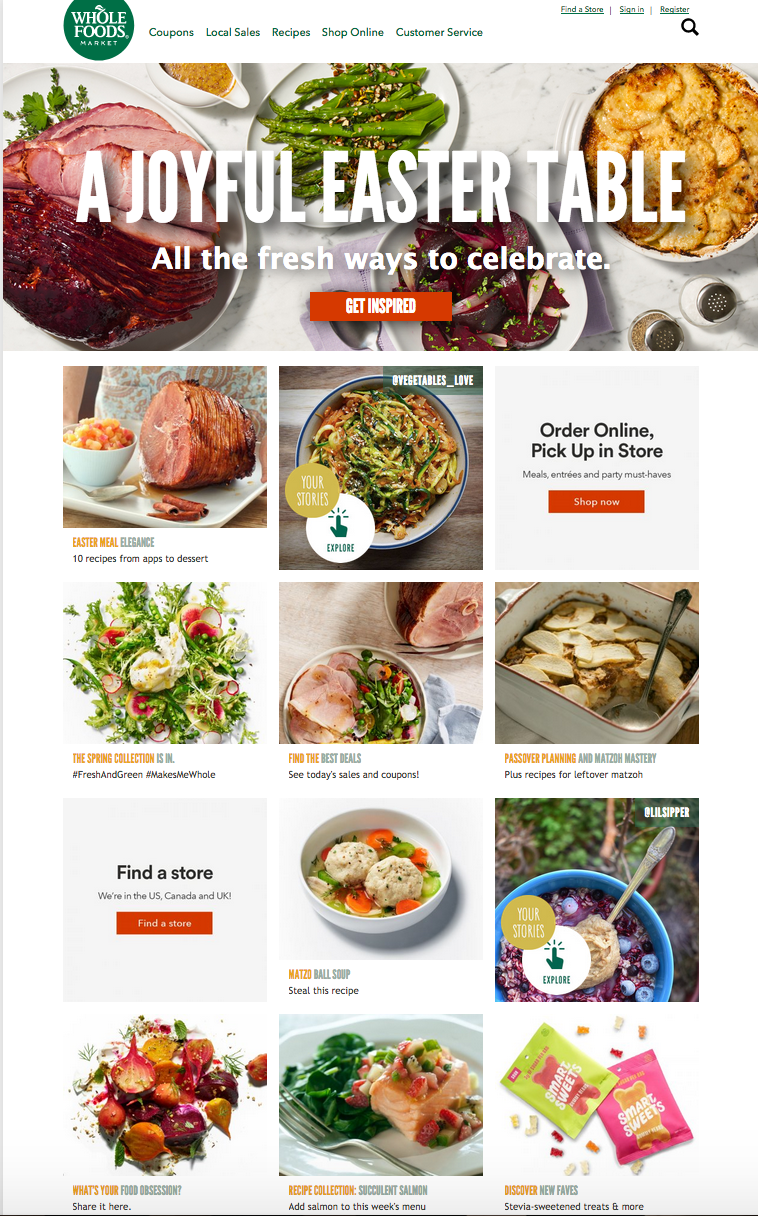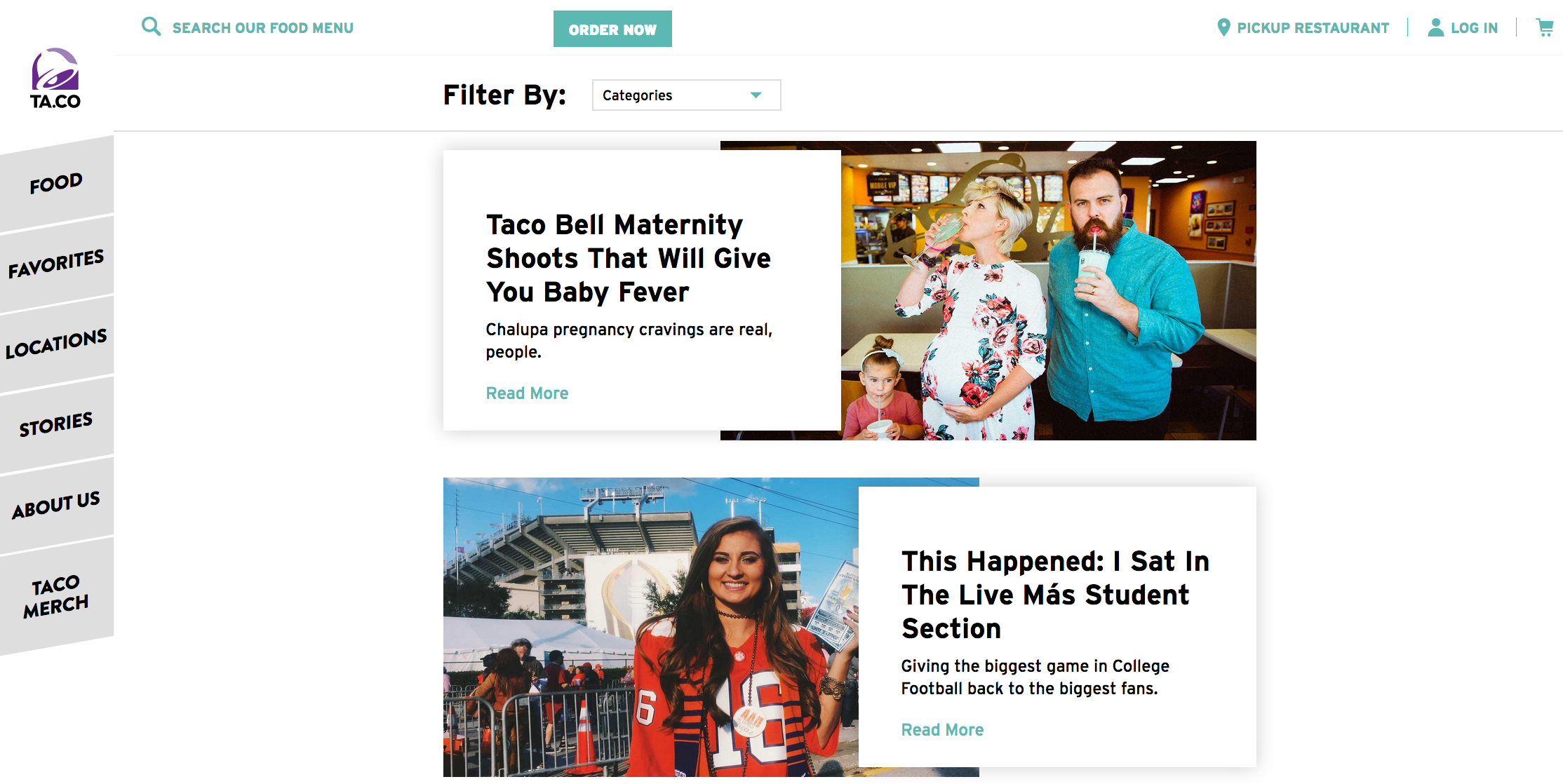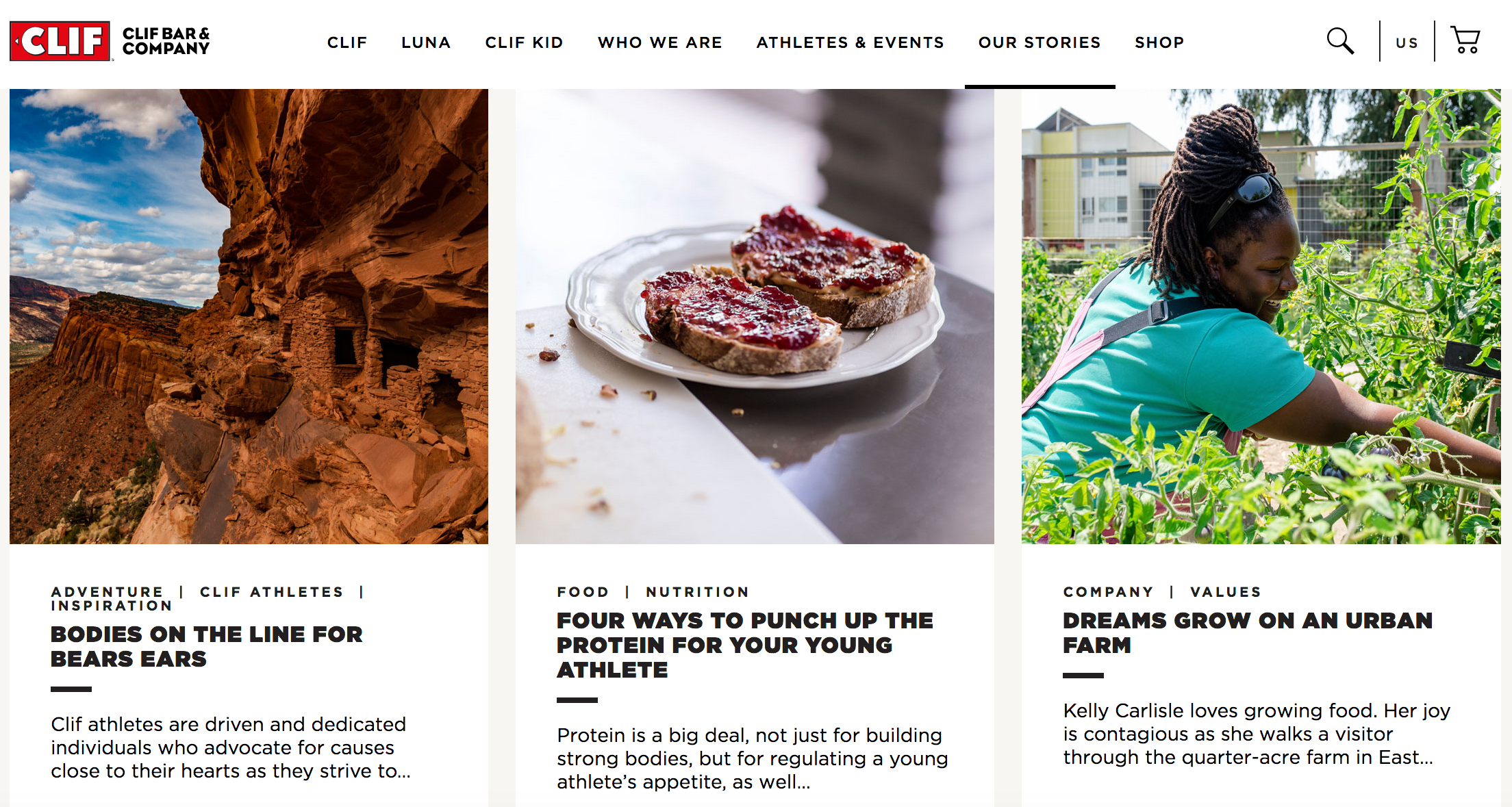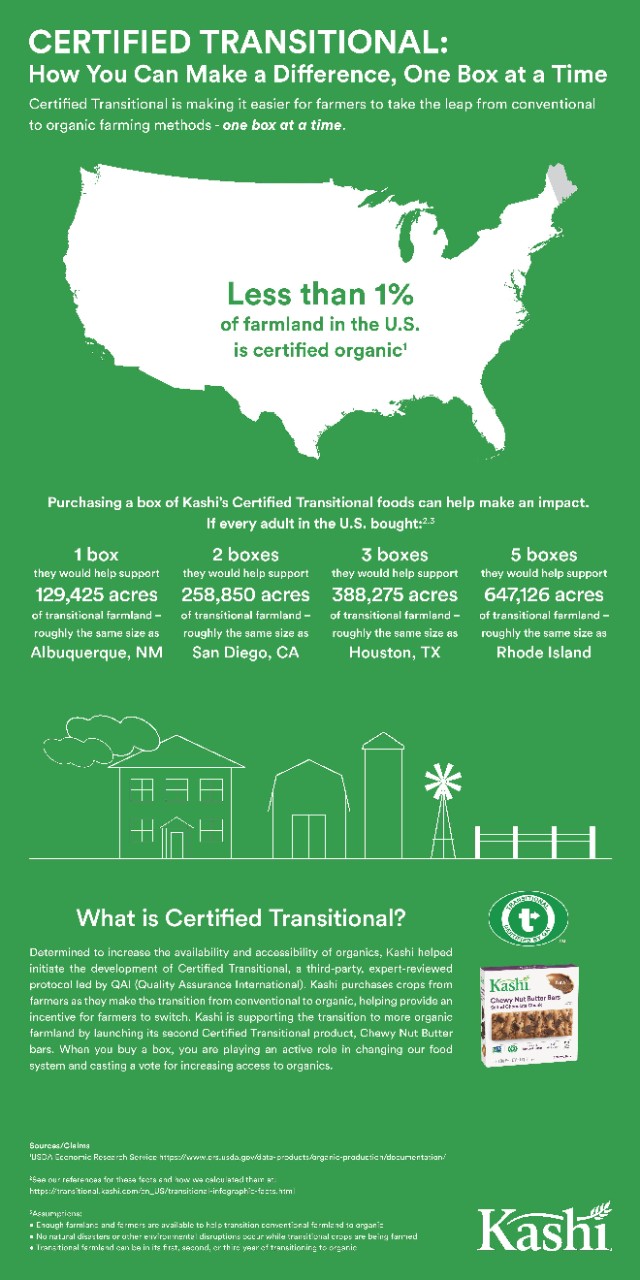The very first banner ad on the Internet—for AT&T on Wired in 1994—had a click-through rate (CTR) of 44 percent. Now that the novelty has worn off, that rate is more like 0.05 percent.
Add augmented reality (AR), however, and it may be a different story. Taking a page from the leader of the free world, companies like Blippar and Oath want to use AR to make digital ads great again. But, like Trump’s presidency, can it last?
How brands are using AR in digital advertising
Chris Bell, regional commercial director of APAC at AR company Blippar, said in a recent blog post that the opportunity with these ads is to marry the high reach of display media with the interactivity, personalization and realism of AR.
Blippar rolled out its AR ad unit in May 2017, which it said uses a smartphone or desktop camera to deliver interactive, contextually relevant AR experiences from banner ads. Since then, Bell said brands have seen a 30 percent greater engagement rate, and dwell time has increased by more than 11 times. While the specific engagement rates for these efforts are unclear, Blippar has worked with Jaguar Land Rover and Honda to give users an inside look into a new car and to deliver a “fanciful” holiday experience, respectively.
Blippar is not alone in trying to spruce up digital ads through AR. Oath, formerly known as AOL and Yahoo, is offering its own AR ad format in the U.S., aiming to spice up email banner ads on the Yahoo Mail app.
Oath tested the unit with Pottery Barn and The Home Depot, which allowed consumers to see what furniture and holiday decorations would look like in their homes. As a result, consumers spent an approximate average of two minutes interacting with the ads, and the Home Depot campaign had a 12.5 percent CTR. (Pottery Barn would not share its CTR.)
John DeVine, chief revenue officer of Oath, said his goal is to create ads consumers want to see, much like ads in magazines like Vogue.
Home Depot tested AR ads during the holiday season to show consumers what a Christmas tree and its decorations would look like, hoping to excite customers about its selection.
“Holiday decorations are a personal reflection of your own style, so we wanted a way to showcase the decorating options available and to make sure customers were comfortable and confident,” said Erin Everhart, senior manager of media strategy and mobile at Home Depot.
Everhart said Home Depot has been using AR since 2013 in applications that allow customers to pick patio sets and paint colors. The Home Depot app also allows customers to visualize products like vanities, faucets, lighting and décor. But this was the first time it ran AR ads in an actual ad unit.
“We know that a person’s home is going to be their biggest investment, and the products they choose [are] a direct reflection of who they are,” Everhart said. “We can empower them by using technology to build that confidence to make sure the product they’re buying is the right one before they make that commitment.”
From chairs to lipstick
When consumers tapped on the Pottery Barn ad, they were able to see how furniture could fit in their homes. This, in turn, made the process of choosing these bulky items a little easier, said Felix Carbullido, CMO of Pottery Barn parent Williams-Sonoma. “What’s really cool was because of the camera on your phone and the AR kit we leveraged, everything is actually to scale,” he said.
He explained that if viewers tapped on an ad for a leather chair, the chair would be dropped in the room using AR, and “you could get a realistic idea” about how it would look and fit, which are “the two things that we’re excited about with AR.”
This is hardly Pottery Barn’s first encounter with AR. In November 2017, Williams-Sonoma acquired Outward, 3D imaging and AR platform for the home furnishings and décor industry, for $112 million because “we knew the convergence of technology with mobile and visualization products in home was something we wanted to be a leader in,” Carbullido said.
“We plan to develop more ad units and more visualization tools even within our own brand to visualize how to look at homes,” he added.
Per Whitney Fishman—managing partner of innovation and consumer technology at media, content and technology agency Wavemaker—furniture and beauty examples have been prominent in AR advertising because it’s easy to superimpose furniture in a room or makeup on a face. Additionally, these items are a pain to try out at home, so consumers have to sometimes buy them and pray they’ll work.
“AR is a great way to sample products you wouldn’t sample for yourself … you don’t want to go to Duane Reade and try on seven lipsticks,” she said.
Citing research from retail marketing firm Interactions, Rachel Lowenstein, manager of strategic innovation at media and marketing services company Mindshare’s Life+ unit, noted 77 percent of shoppers said they want to be able to use AR to see variety and understand if a product works for them.
But AR executions are also coming from the high-touch categories consumers get excited about—like Snapchat’s new shoppable AR lenses, which debuted with Clairol, Adidas, STX Entertainment and King.com.
Getting creative in the future of AR
The question now is how brands go beyond scanning and animation to provide utility, said Fishman. “It pushes us to get greater creative, not only to get the point across, but also simultaneously give enough information [that would entice users] to click through for some product,” she said.
And while goods like furniture are easy because shoppers continue down the purchase journey, it’s a different challenge for a brand like Taco Bell, which had a wildly successful Cinco de Mayo lens in 2016, netting 224 million views.
“I’m excited to see what they do when you need to drive an action aside from sharing … what else would Taco Bell have had to add to get me to download the app or to find out where the closest Taco Bell is?” she said. “It’s a different type of creativity you have to use when you’re … driving the desire to take that next step.”

